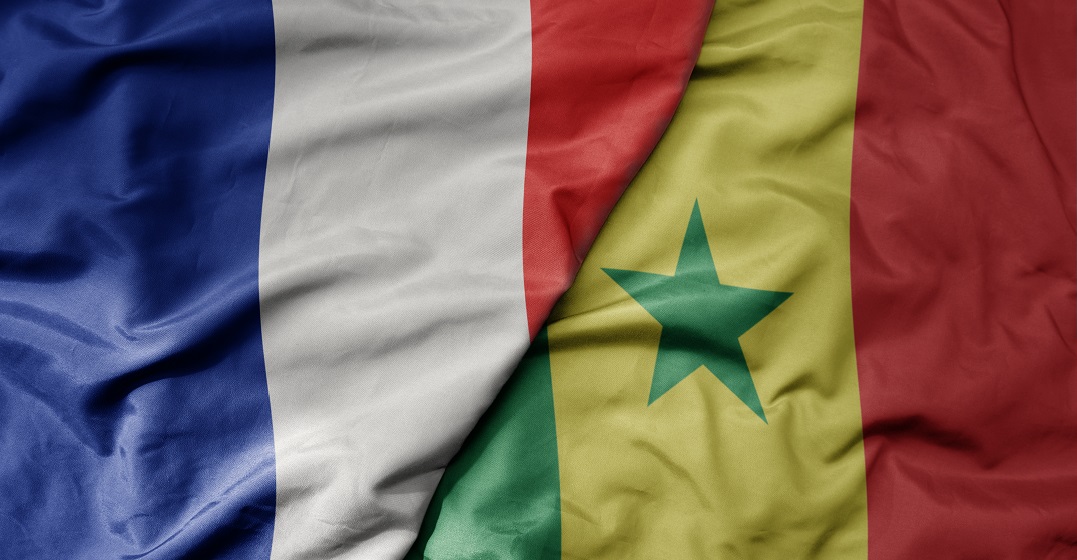Published on September 13, 2023

A brief overview of the French-Senegalese connection

With several centuries of shared history, Senegal and France have developed strong connections. From the 1600s until its independence in 1960, the West African country was at the forefront of French colonization on the continent. Since then, Senegal has maintained close links with France through business, national security and military agreements, and shared cultural promotion.
These close ties are also reflected in the countries’ shared affinity for the French language. Senegal continues to use French as its official language, including for administration and education. But this relationship is not a one-way street, as Senegal has also significantly contributed to the prestige and history of French across the globe. And within France itself, Senegalese immigrants have been increasingly shining in various areas of public life.
Let’s now take a deeper look at the intertwined story between the French and Senegalese nations.
Back in the 17th century, several colonial powers set up trading posts along the coast of Senegal to facilitate the triangular trade between Europe, Africa and the Americas. However, France eventually took the upper hand. Most noticeably, it built the towns of Saint-Louis, Gorée, Dakar and Rufisque, then better known as the quatre communes (four communes). Benefiting from a special status, the inhabitants of these four colonial towns were granted French citizenship.
During the Industrial Revolution, France continued its expansion on African soil. In 1895, Senegal joined seven other countries to form l’Afrique-Occidentale française (French West Africa). First Saint-Louis, then Dakar became the capital cities of the federation.
Senegal gained independence from France in 1960, though the two countries have kept close ties. To this day, France remains the first investor and commercial partner of Senegal. French companies are well-established in Senegal and contribute to about 25% of the country’s gross domestic product. Senegal has also been a member of the Organisation Internationale de la Francophonie (International Organisation of the French-Speaking World) since 1970. Indeed, the French language is both a driving economic force in Senegal and a symbol of the country’s close (though sometimes complicated) relationship with France.
Although Senegal became independent over half a century ago, French remains the official language of the country, as per the 2001 national constitution. It is the language of administration as well as the language of education in Senegalese state schools.
However, only about a third of the Senegalese population can actually speak French. By contrast, Wolof is spoken by over 90% of the population and is the dominant language in terms of number of speakers. Commonly used for business trade, it’s often the preferred language of communication between people who speak different regional languages or dialects in Senegal.
Even so, French occupies a special place in Senegalese culture and Senegalese people have contributed to the prestige of the French language across the world. One name in particular needs to be mentioned: Léopold Sédar Senghor. A professor of classical studies, he started his political career in France before becoming the first president of Senegal in 1960. A poet and author, he put the accent on the French and Senegalese cooperation. Also he actively promoted la francophonie (the French-speaking world) and Senegal’s place within it, as evidenced by his 1962 founding article “le français, langue de culture” (French, a cultural language). In 1983, he became the first African to be elected to the prestigious Académie française (French Academy) and paved the way for many more Senegalese to find success in France.
While there are fewer Senegalese in France than people of Algerian origin, they still represent a significant portion of the total immigrant population. According to figures from the OECD, as of 2020, France is the OECD member country with the largest number of Senegalese immigrants (about 160,000 in total).
The first wave took place at the end of World War I, when a significant number of tirailleurs sénégalais (Senegalese infantrymen) who served in the French army decided to settle in France. Senegalese people also found a living in French ports, as domestic workers in French homes or as students in French universities. Nevertheless, before World War II, the number of Senegalese immigrants in France remained extremely low. The pace started to quicken from the 1960s onwards.
Today, Senegalese people can be found in all areas of French life. There are French-Senegalese football players, rap musicians, actors and politicians. For instance, Rama Yade, who was born in Dakar before moving to France at the age of eight, features among a new generation of French female politicians.
From the start of colonization in the 17th century to our current times, France and Senegal have developed and maintained strong links. French is still the official language of Senegal, though Senegalese people have in turn certainly contributed to its fame. Back in France, Senegalese immigrants have also dazzled in all parts of public life.